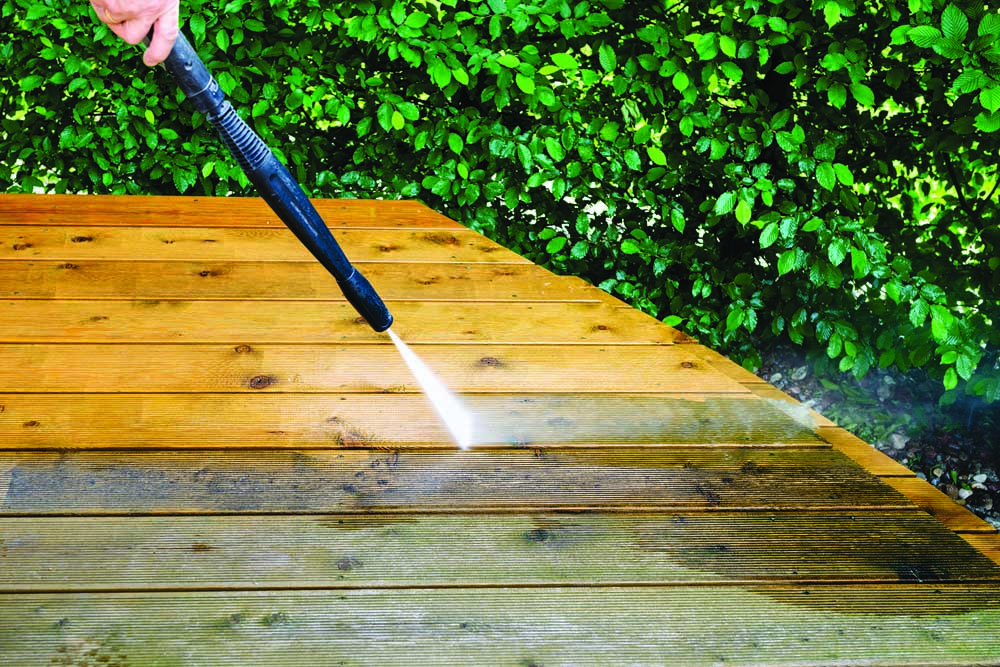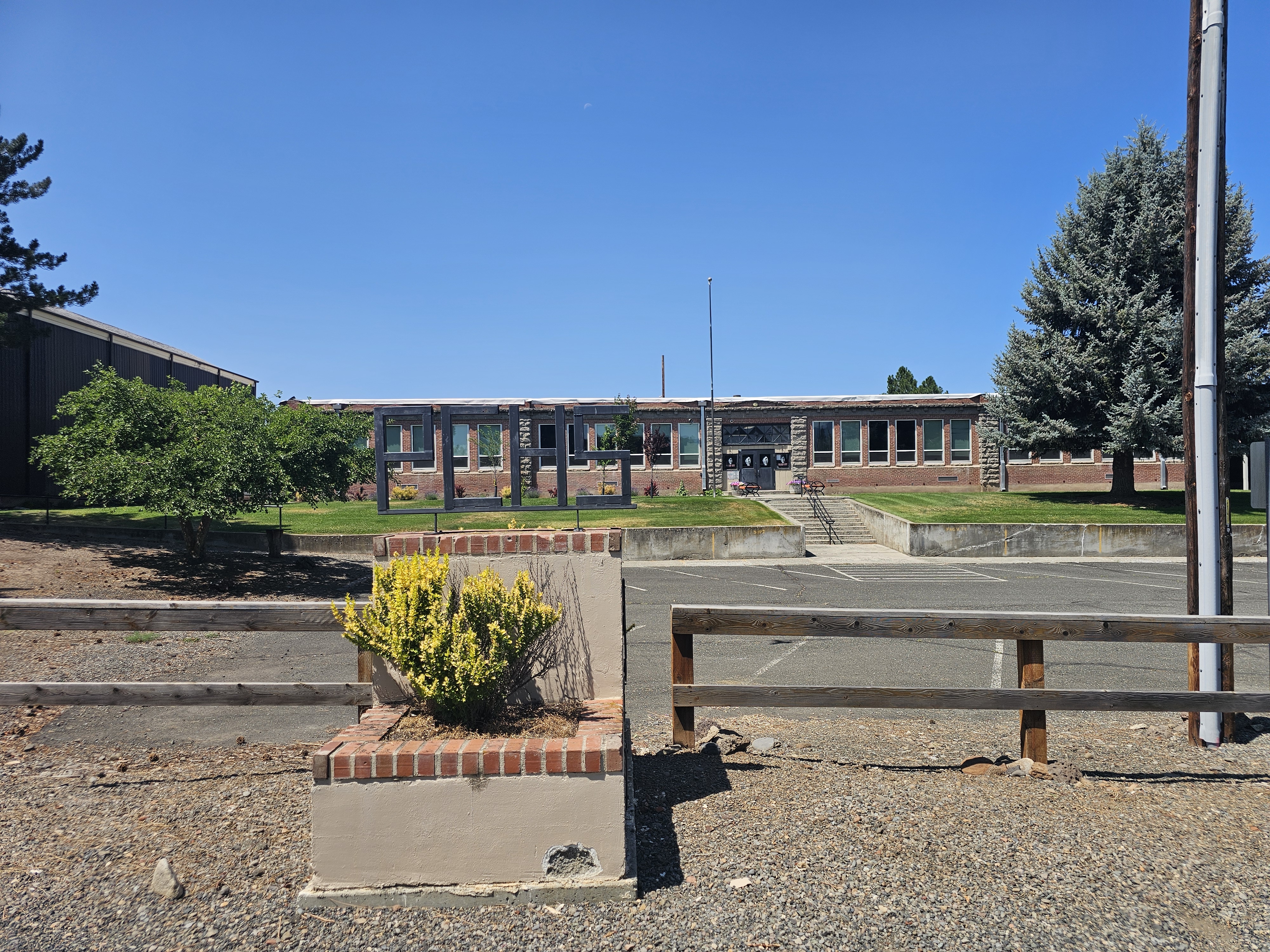HOME & GARDEN: Power washing basics
Published 12:20 pm Thursday, May 27, 2021

- Pressure washers take low-pressure water from your garden hose and push it out through a nozzle at high pressure.
Summer weather means spending more time outside. And while you’re out there, you may notice that the winter months took a harsh toll on your exterior surfaces.
Trending
Fortunately, power washing can get most of your surfaces sparking again. Keep reading for more tips on how to choose a power washer and use it safely.
Types of pressure washers
Pressure washers take low-pressure water from your garden hose and push it out through a nozzle at high pressure. Pressure washers can be powered by electricity or gas. Electric pressure washers usually cost less and run quieter than gas-powered models, but the trade off is that they’re less portable (you’ll need to have power wherever you use it) and usually less powerful than gas-powered washers.
Gas pressure washers are good for larger jobs such as decks, patios, sidewalks and siding. You can get gas washers with an electric start to make it easier to start up. With gas washers, you’ll need to be sure to follow manufacturer’s instructions for mixing the oil and gas for the machine. You may even have to vary fuel types depending on your climate.
Nozzles
A pressure washer will usually come with a variety of nozzles to do a variety of jobs. These may include:
0-degree nozzles: the most powerful, concentrated nozzle setting.
15-degree nozzles: used for heavy-duty cleaning.
25-degree nozzles: used for general cleaning.
40-degree nozzles: used for vehicles, patio furniture, boats and easily damaged surfaces.
65-degree nozzles: a low-pressure nozzle used to apply soap and other cleaning agents.
Always read the instruction manual that comes with your pressure washer and make sure you know how to how to quickly turn it off and release the pressure. For safety’s sake, stand on a stable surface while you’re pressure washing.
Wear eye and ear protection and never leave a spray gun unattended. Never point the spray gun at people, animals or plants and keep the spray away from electricity.
Maintenance
Follow the manufacturer’s instructions for proper maintenance of your machine. In general, you may need to regularly maintain the washer’s pump and, for gas motors, you’ll also need to tend to the air filter, oil and spark plug.









